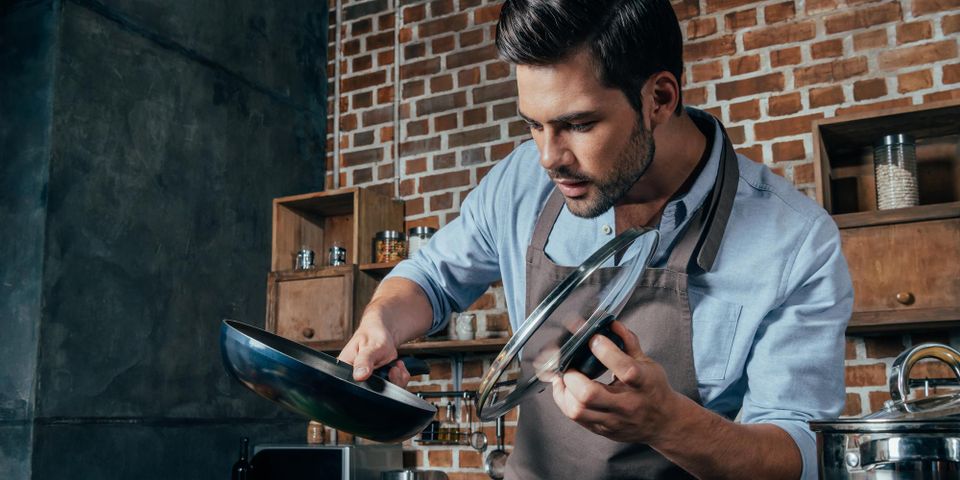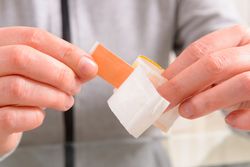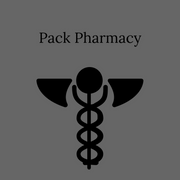
Burns are a common injury, especially if you cook or work around hot objects, like cars or welding. If your burn is minor (only affecting a small area and the top layer of skin), it can be treated safely at home with standard first aid supplies. Below are the main steps to caring for a burn as soon as it happens.
How To Treat a Minor Burn
1. Remove Tight Items From the Area
The area around the burn will begin to swell, especially if a blister forms. Remove any objects from the area—such as jewelry, shoes and socks, or tight clothing—as gently as possible. If you wait too long, the items could become stuck or tear the damaged and swollen skin during removal.
2. Cool It Down
Do not apply ice, a frozen object, or soak it in ice water, as it can cause frostbite or allow the burn to go deeper as vessels constrict. Instead, run cool water over the area to cool it and stop the heat from spreading.
If there is no running water available, a cool—not frozen—compress will suffice. Only cool the area until the pain eases, so you can continue with treatment and avoid overcooling it.
3. Apply Bandages
 Once the burn is cooled, use your first aid supplies to bandage it. You should use a sterile, no-stick gauze pad or bandage, and apply it loosely over the area, so as not to put pressure on it.
Once the burn is cooled, use your first aid supplies to bandage it. You should use a sterile, no-stick gauze pad or bandage, and apply it loosely over the area, so as not to put pressure on it.
It will keep dirt and air off of it to minimize discomfort and risk of infection. If desired, apply a thin layer of aloe vera lotion or petroleum-based ointment before bandaging. Change the bandages every day, lightly washing the area with water.
4. Leave Blisters Alone
While medical opinion is conflicting on burn blisters, the general advice is to not pop any blisters on your own. A ruptured blister exposes raw skin to contaminants that increase the risk of infection.
If the blister does pop, allow it to drain, gently rinse the area, then use first aid supplies to put a dry, non-stick bandage on it to minimize the infection risk.
5. Ongoing Care
If you’re experiencing discomfort, you can take an over-the-counter pain reliever from a drugstore to mitigate it. If you notice infection signs—like redness, oozing, discoloration, or swelling—see your doctor. Your burn may itch while it heals, but do not scratch it, as this introduces bacteria to it and tears the wound open.
If you need first aid supplies or advice for your burn, stop by Pack Pharmacy in Cincinnati. Since 1949, their pharmacy has offered reliable advice, custom compounding, and quality medical supplies. Their drugstore is stocked with pain relievers, antibiotic ointments, aloe vera solutions, bandages, and cool compresses, and they can guide you on wound care. Learn more about the pharmacy’s services online and call (513) 871-7770 to inquire about supplies.
About the Business
Have a question? Ask the experts!
Send your question

